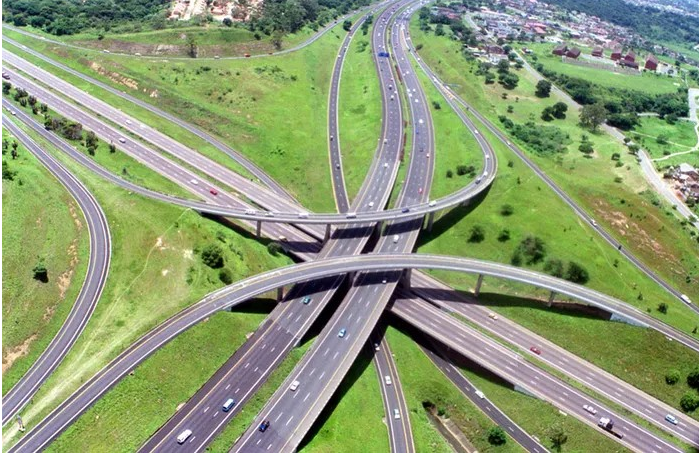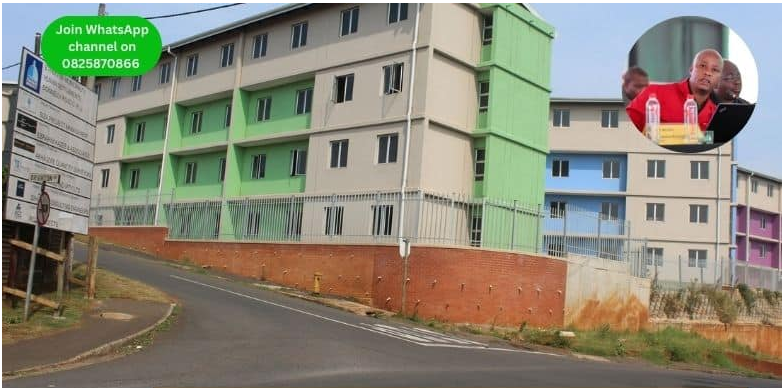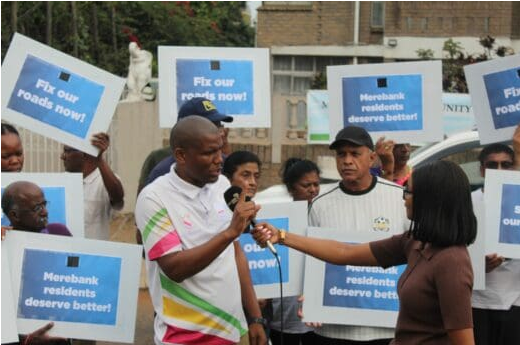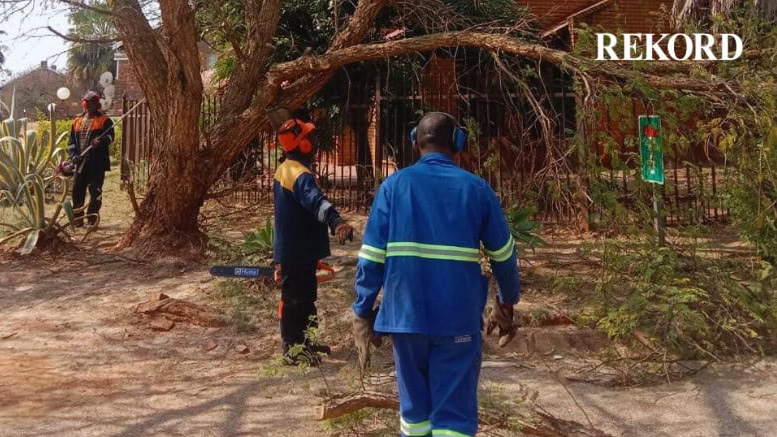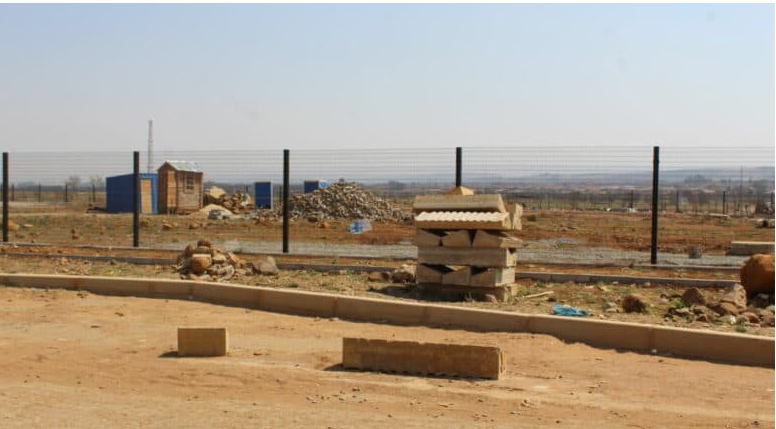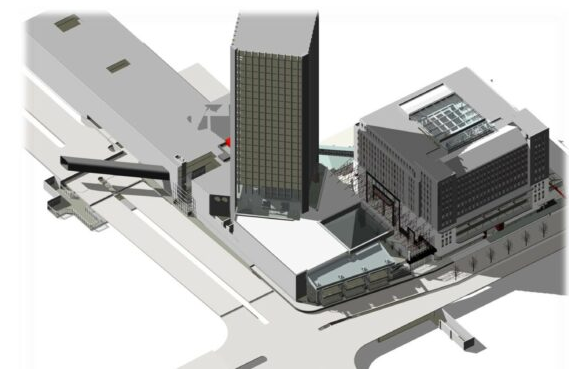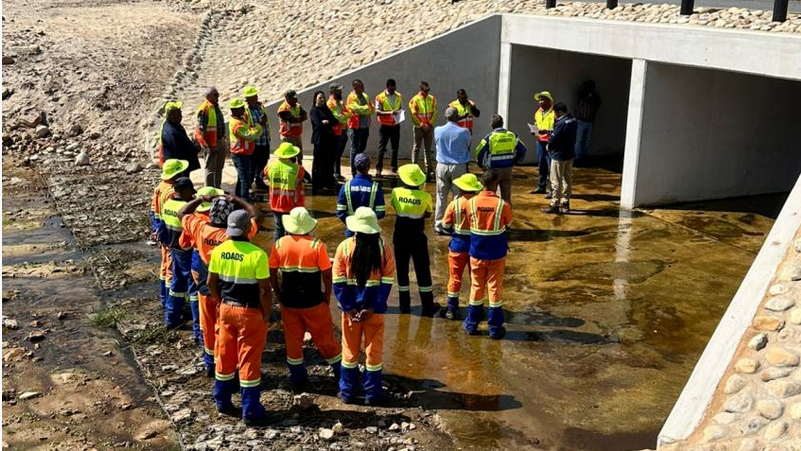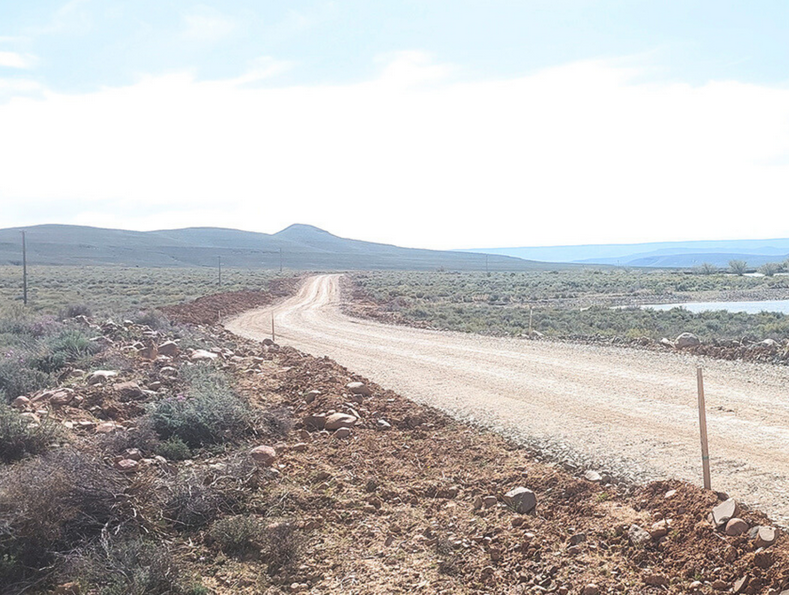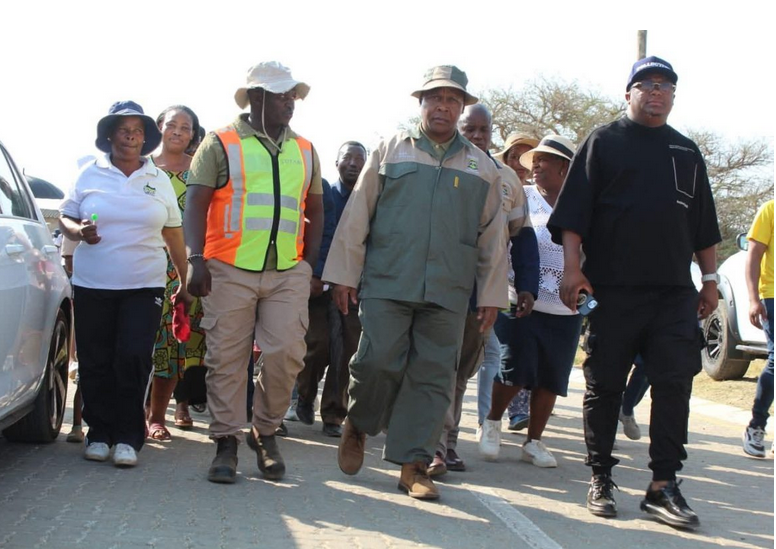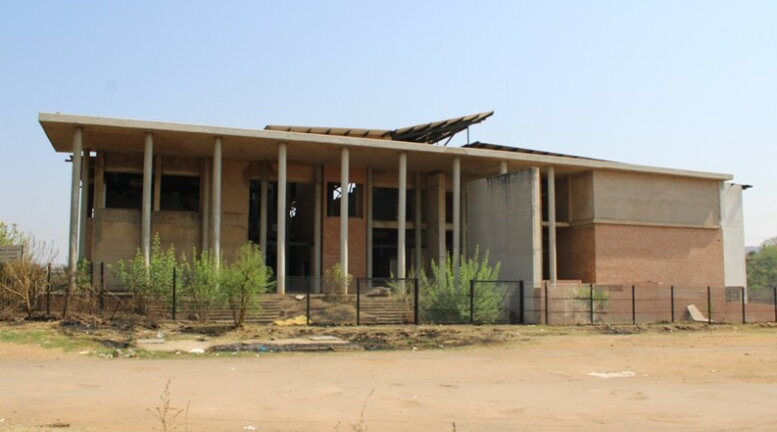Provincial roads department holds third public engagement meeting to present progress made at the Hendrik Potgieter Road rebuild
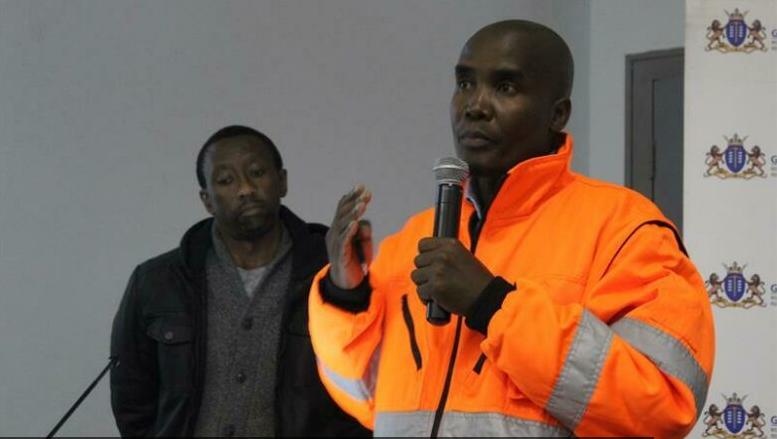
Advertising
04-07-2023
Read : 720 times
Roodepoort Record
Source
Gauteng Provincial Department of Roads and Transport states that work is progressing well and the November completion date is on track.
The Gauteng Provincial Department of Roads and Transport (GPDRT) gave its third public presentation on the Hendrik Potgieter Road rebuild on June 29.
A more subdued audience greeted officials than at the previous meetings, enabling a more streamlined engagement. The meeting was led by Chief Director for Motor Vehicle Registration and Licensing Lebelo Maloka and featured presentations by the engineer responsible, GPDRT’s communication team, and GPDRT Deputy Director General (DDG) Mmaphuti Mokobane.
Head engineer Eyase Ramokhoase gave a more detailed explanation of the work undertaken. He revealed that the bridge was first built in 1946 and that an upgrade and extension had been done in 1983. Summarising how the collapse happened, he said the culverts had a concrete base that was built on top of the riverbed and that over time, erosion had taken place under the base. The base then began to slide into the river and away from the road and embankment, causing a large chunk of earth to slip into the gorge.
Ramokhoase explained that the new design would have a base with three layers comprising two pioneer layers that will sandwich a waterway concrete slab which acts as an anti-erosion layer. Additionally, two cut-off walls will be added to channel flood water to the edges of the bank. The culvert consists of two cells, and while plans were to complete one at a time, contractors decided to complete them simultaneously.
Large trucks have continued to be a sore point and Ramokhoase and Mokobane both agreed that implanting the traffic management plan had been a challenge. This was blamed on a disconnect between government departments, but while the officials took responsibility for the traffic congestion through the detour, Mokobane stressed that the signs were in place and the obeying of such signals was the responsibility of drivers.
Lindiwe Nkosi from the communications department gave a detailed breakdown of the social media posts, updates, and the number of engagements generated within the community. The most vocal of the attendees, WRAP residents association’s Martin van der Westhuizen, believed the numbers were insufficient and that he hoped for weekly updates to ease the concerns of residents.
Maloka countered by saying the whole community needed to benefit from communications from the department and that communicating with individuals was not the most efficient method. Van der Westhuizen urged the officials to use all available personnel to formulate accurate communications and Ramokhoase later pacified the man with a proposal to have a public tour of the site in the coming months.
The head of stakeholder engagement at GPDRT Mbali Seheri elaborated on the topic of labour. A meeting was held on June 26 that addressed Ward 85’s small, medium, and micro enterprises, and following the public engagement meeting, Sheri would issue ‘Circular Two’ which would be calling on contractors to submit profiles for specific work packets. It was stated that only three days had been lost on labour-related matters and that these were caught up over a weekend and public holiday.
Residents asked for clarity on the post-completion refurbishment of the roads serving as the detour. The officials stated the repair of the roads and verges would be completed once Hendrik Potgieter Road is reopened to traffic as it was reiterated that doing repairs while the detour is still in place, would be impractical and an added disturbance to already congested traffic. The WRAP representative again stressed the desire for accurate communication on who would be responsible for these reinstatements.
The important message of the public meeting was that the project is on course for the November completion. Mokobane highlighted that while little activity could be seen from street level, work was progressing feverishly at the riverbed. All timelines were being met and the one variable, labour, was being adequately managed. Working into two shifts was still not necessary but the option was available should there be a necessary adjustment in workflows and timelines.
Recent News
Here are recent news articles from the Building and Construction Industry.
Have you signed up for your free copy yet?
